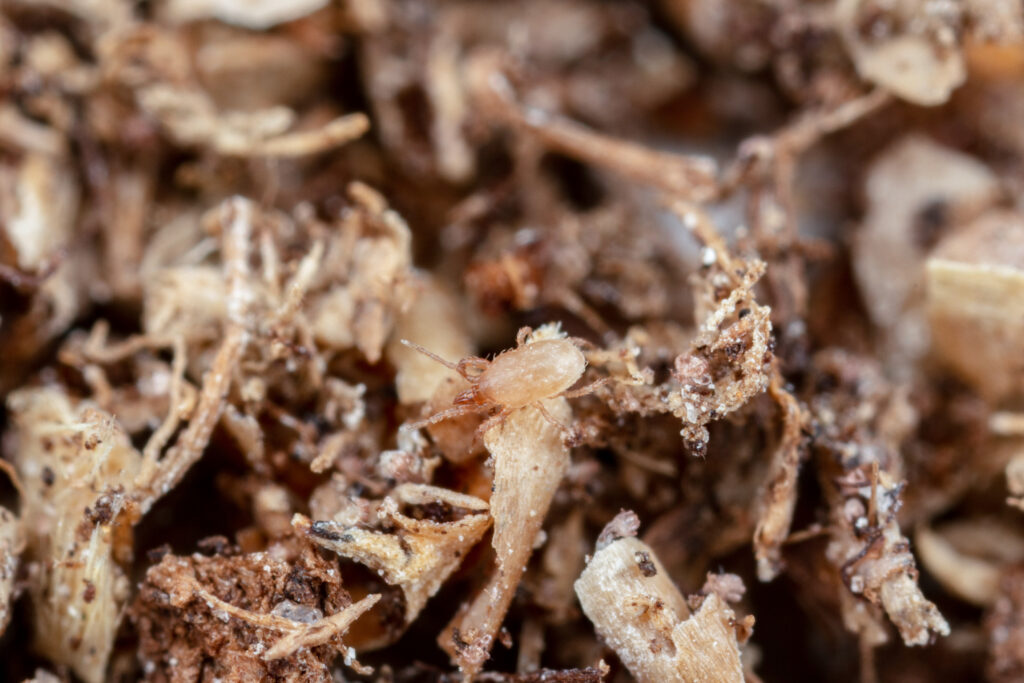
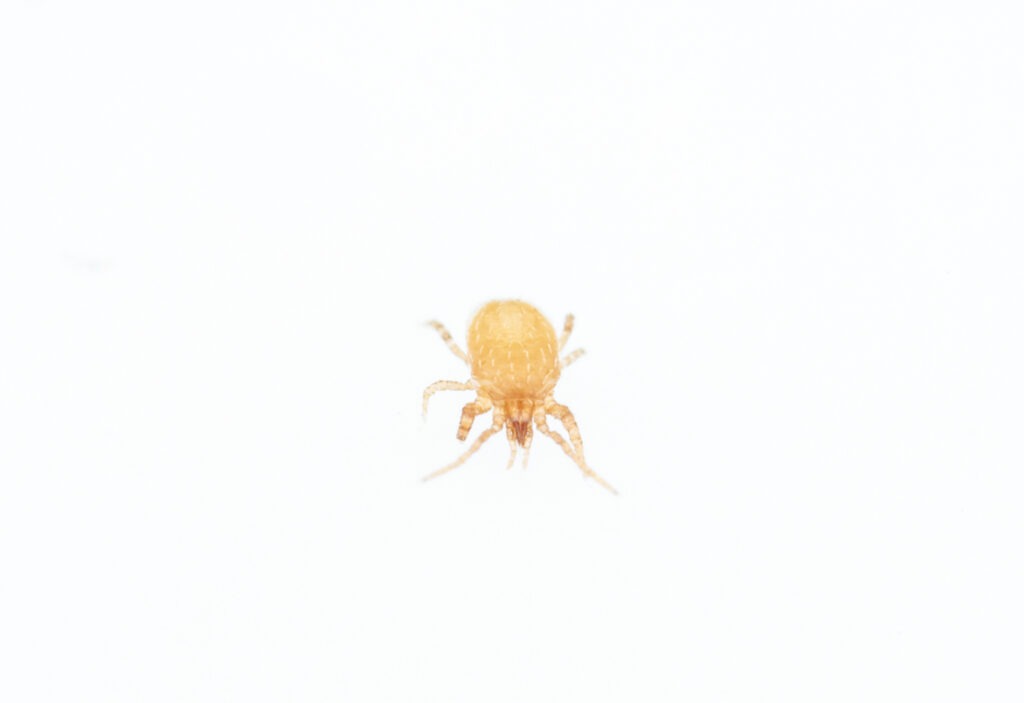
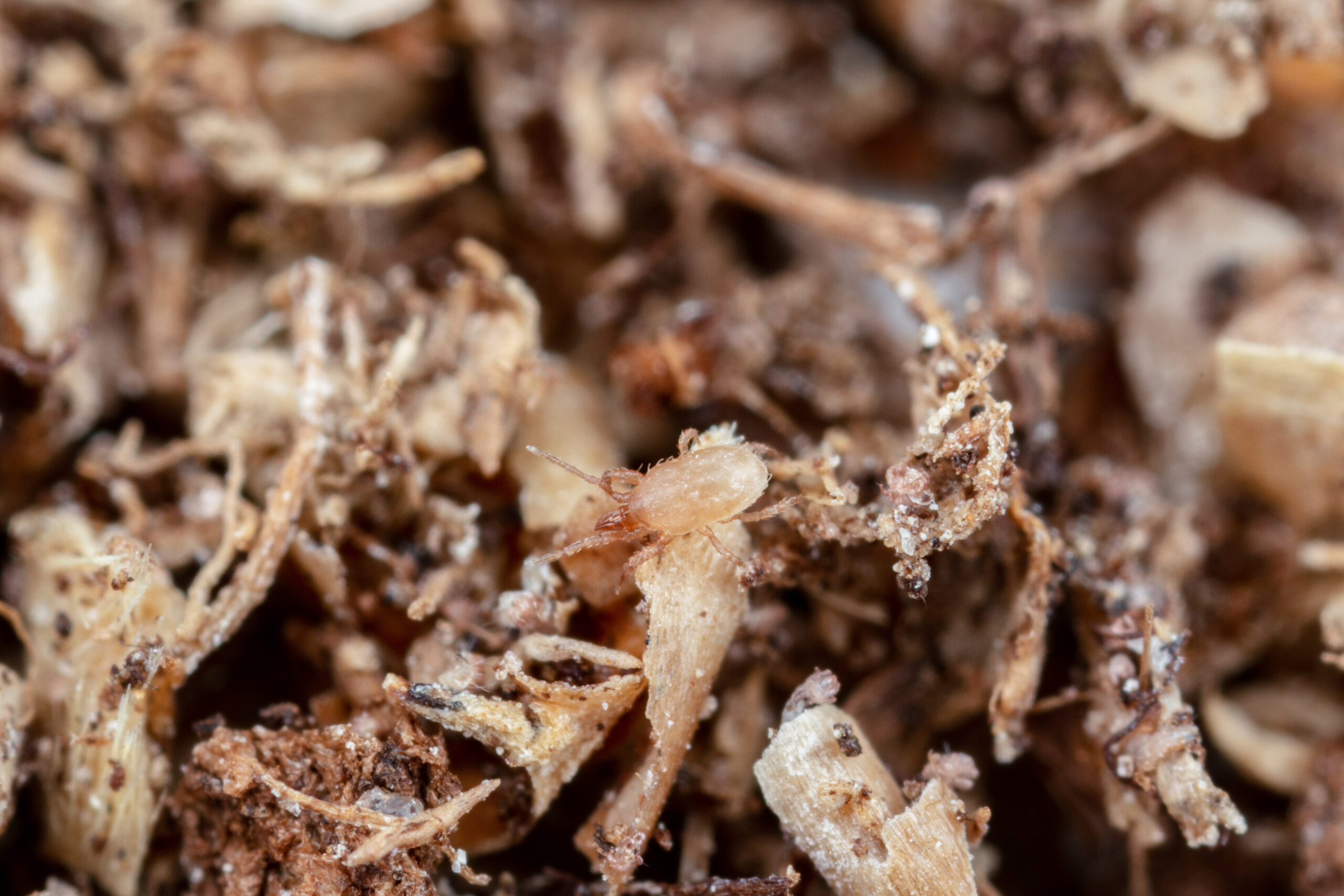
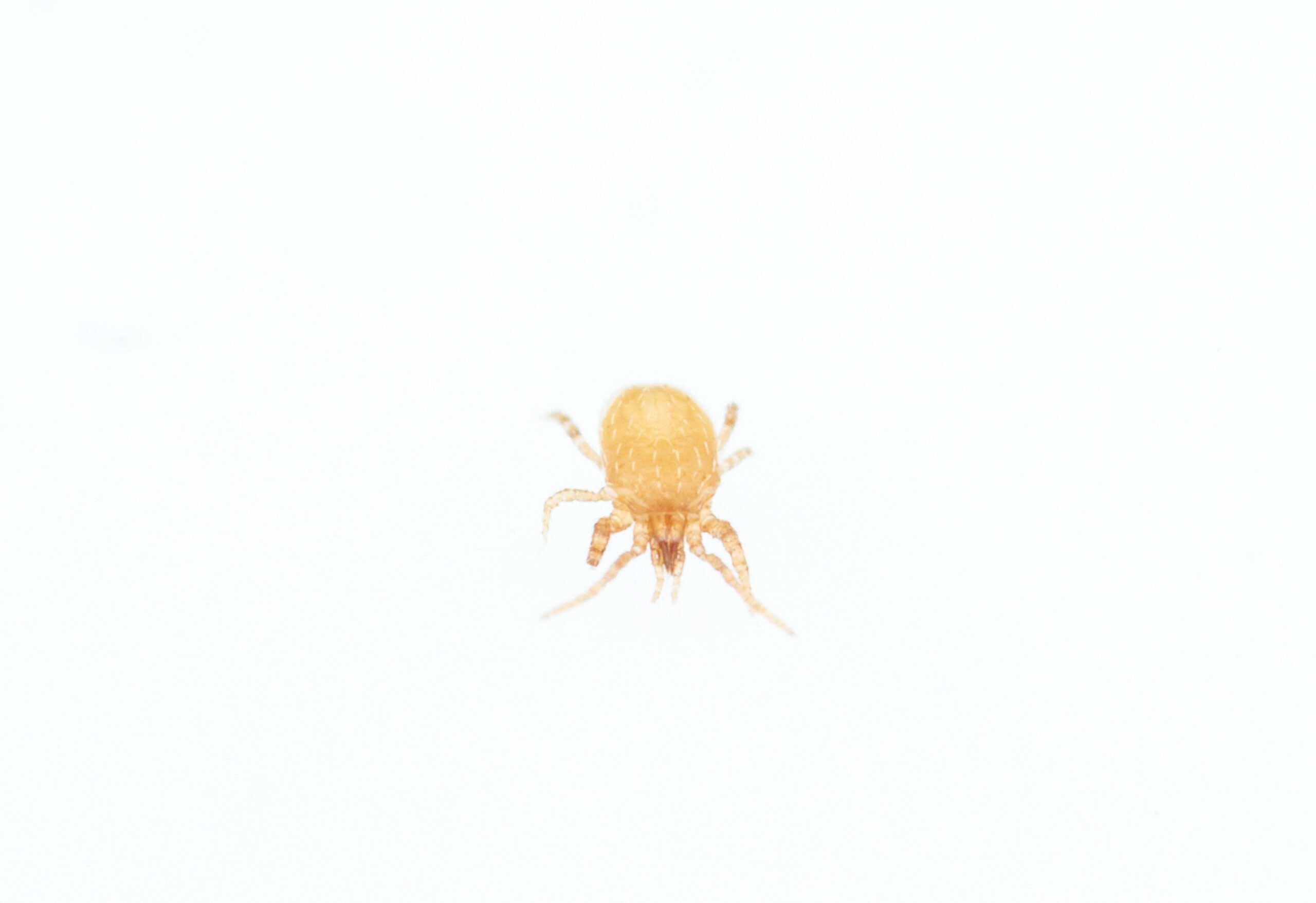
Stratiolaelaps scimitus
| Description | Format | QTY | Price/each |
| 12,500 individuals (all stages of development) | Tube | Qty | US$ 24.75 |
| 25 000 individuals (all stages of development) | Tube | Qty | US$ 43.75 |
| 125,000 individuals (all stages of development) | Container | Qty | US$ 168.75 |
| 250,000 individuals (all stages of development) | Container | Qty | US$ 319.75 |
| Add products to the cart | |||
Attention
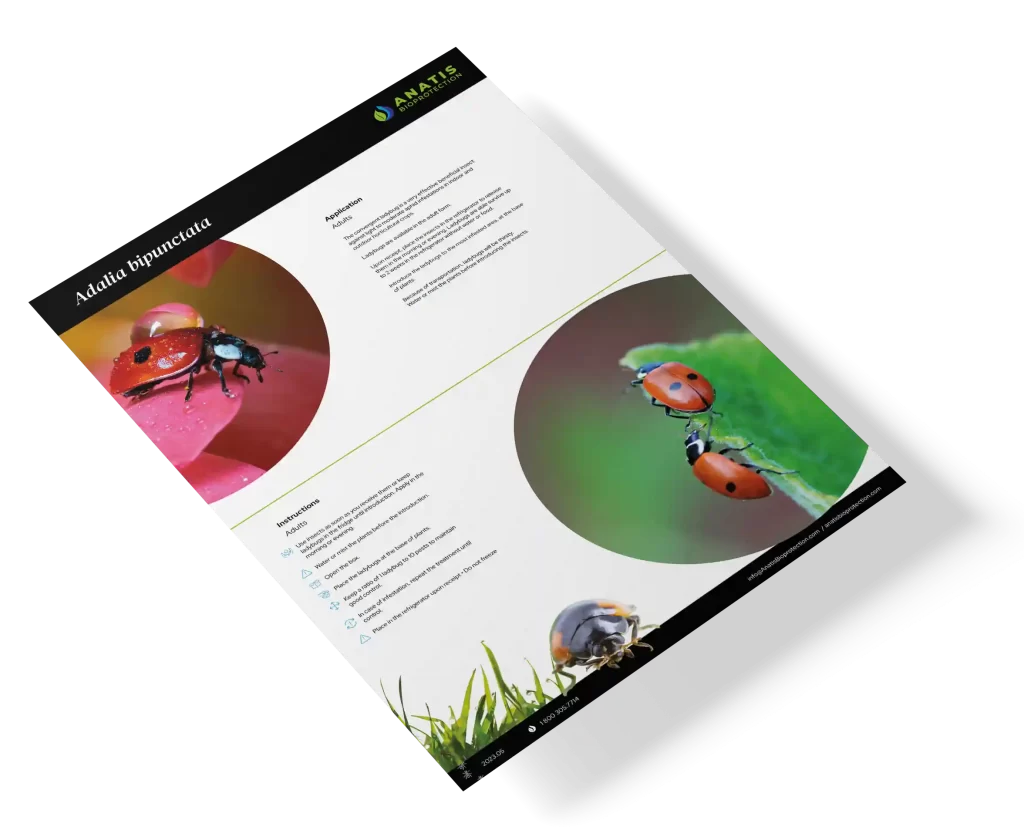

Technical sheet
DOWNLOAD IT NOW!Get easy access to all the information on this product by consulting its technical data sheet.

Targeted crops
- Cannabis
- Herb and spices
- Ornamental
- Plant nursery
- Hen houses
- Reptiles
- Vegetables

Targeted pests
- Fungus gnats (Sciaridea)
- Pest mites
- Red mite (Dermanyssus gallinae)
- Reptile mites (Ophionyssus acertinus)
- Root mealybugs
- Thrips

Application Instructions
Able to thrive in a variety of crop production settings, this natural predator proves its versatility. While not specialized for Ephydridae or Psychodidae flies, it can still manage other pests like springtails and scale insects on the ground — provided conditions are right; too much frost or flooding will lead to its demise.

Storage Instructions
Moisten the soil well before introduction. Do not flood. Shake the bottle slightly to mix the Stratiolaelaps well with their media. Open the bottle and sprinkle the contents on the ground or on the substrate. Distribute evenly in the area to be treated or in places prone to the propagation of fungus gnats. Do not freeze. Do not refrigerate.
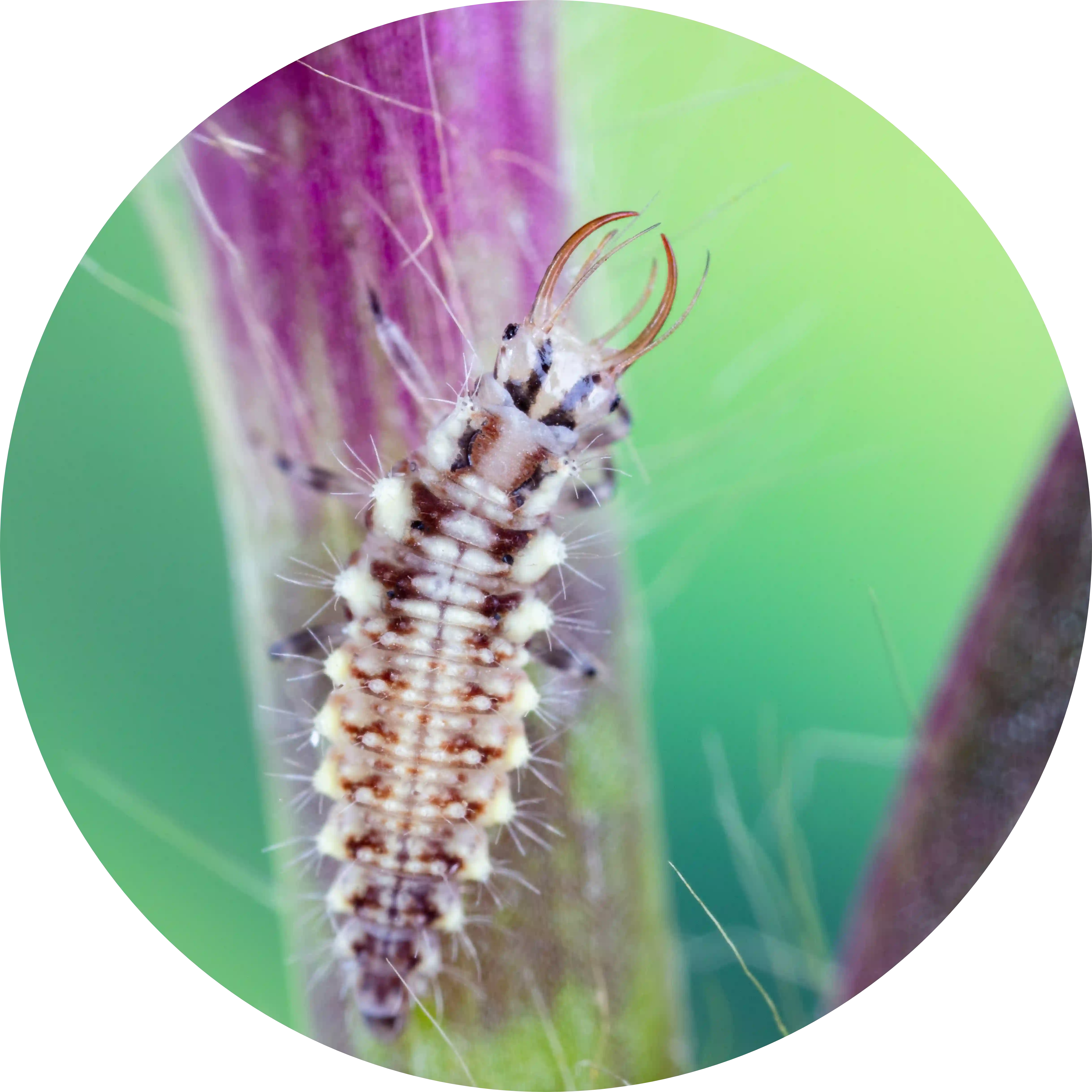





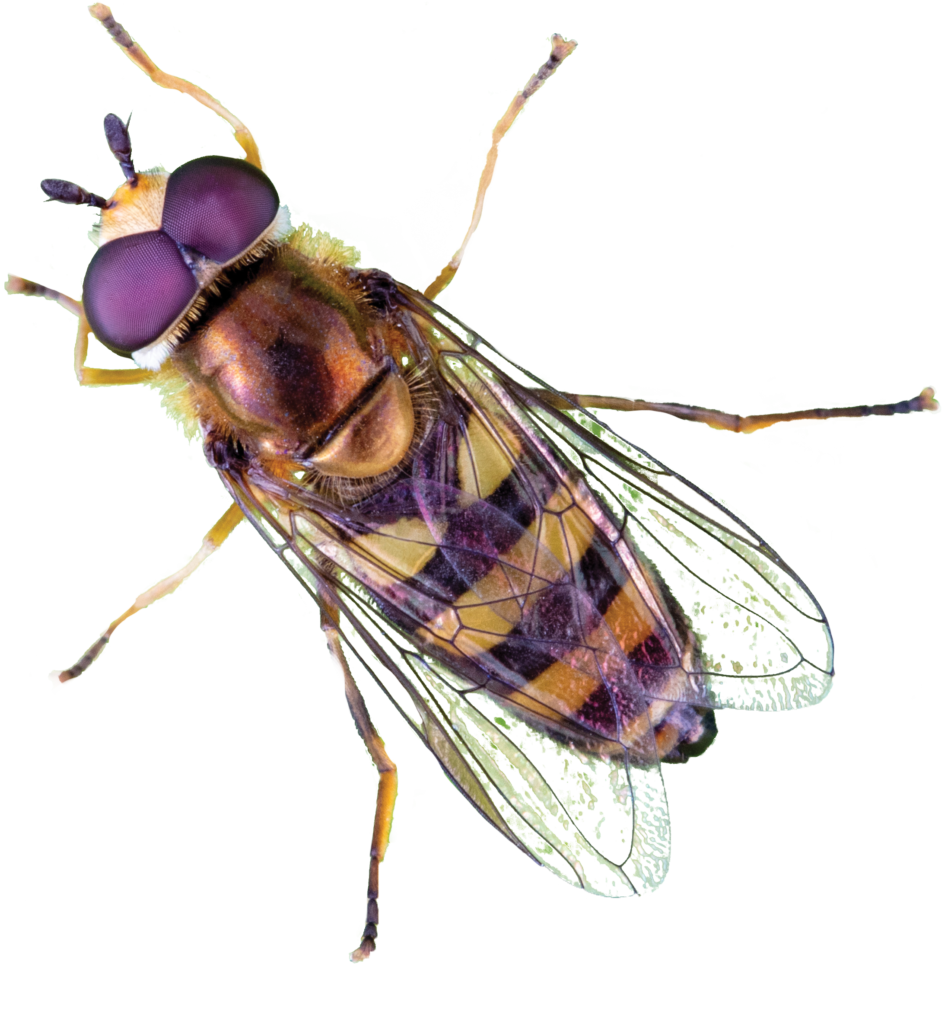
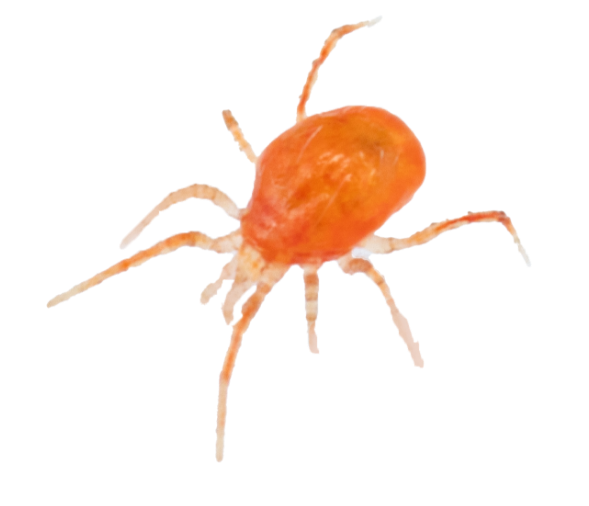
Description
Stratiolaelaps scimitus is a powerful biocontrol agent in horticulture, bird farms and even reptile/amphibian enclosures. This predatory mite species works diligently to reduce populations of thrips, root mealybugs and aphids while also preying on small pests found in the soil. When used as part of an Integrated Pest Management program it can provide up to 30% reduction among local thrips population during peak season! For optimal pest management outcomes, pair with Neoseiulus cucumeris, Amblyseius swirskii.